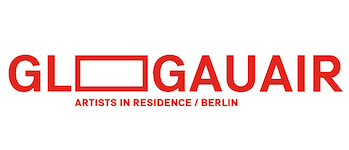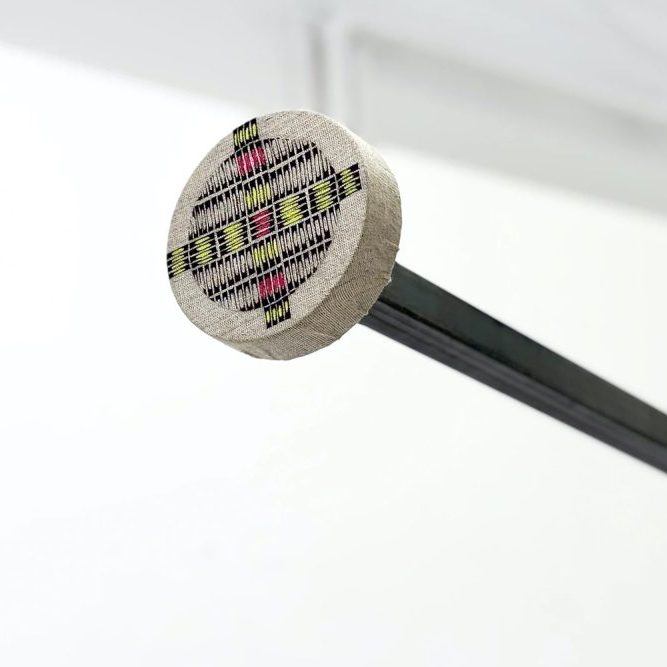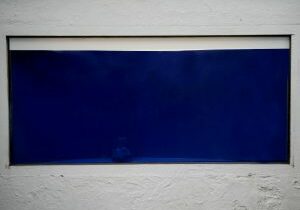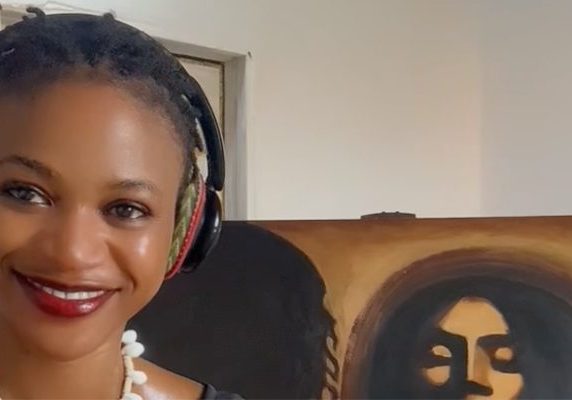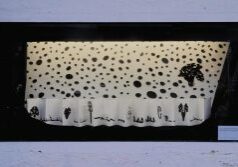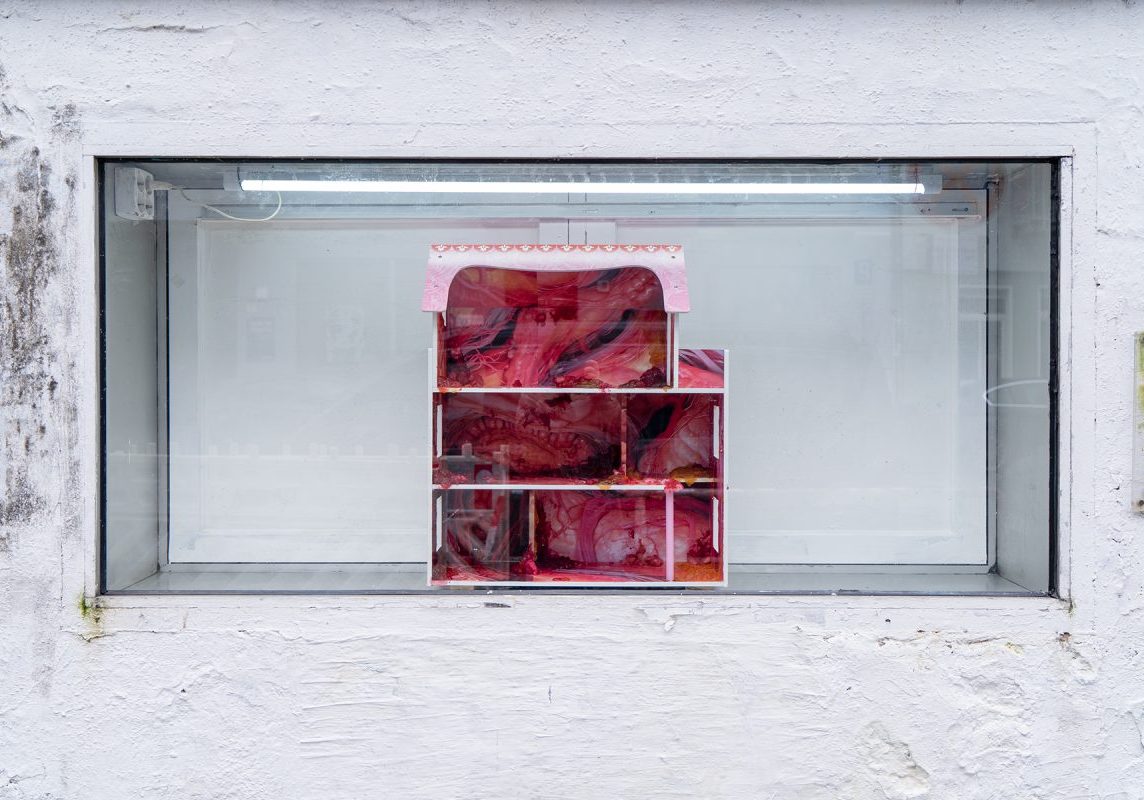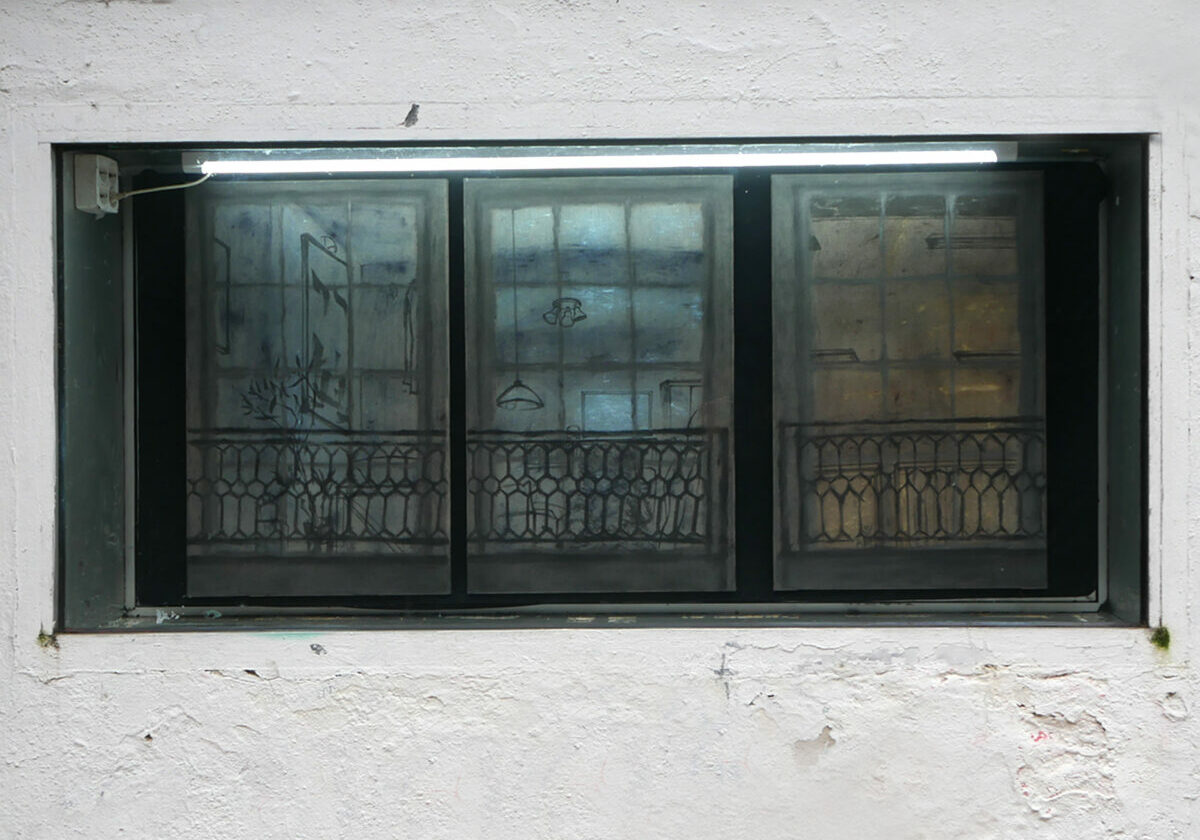Meet the Artist // Hyeyeon Chung
Chung’s art bridges tradition and modernity, geography and memory. Through careful textures, monochrome palettes, and mixed media, she invites viewers into a space to reconsider how we perceive landscapes, memories, and our connections to place and people. Her collaborative curation and visibility in international exhibitions demonstrate both reflective intent and active engagement in London’s art scene.
Could you tell me a bit about your background and the project you’re proposing for this three-month residency here at GlogauAIR?
I ́m originally from South Korea, I was born and grew up in Seoul and studied traditional Korean painting there, influenced by Chinese landscape painting, using a quite traditional methodology and material. Later, I completed my master’s in Drawing at the University of the Arts London. Living and working between Korea, Ireland, the UK, and now Germany, has shaped my perspective as both an artist and a diasporic subject.
At GlogauAIR, I am developing my proposed project that explores memory and perception through ink, linen, and embroidered gestures. I ́m also quite interested in how images can carry traces of displacement, silence, and longing, while also opening space for new interpretations within a shared environment.
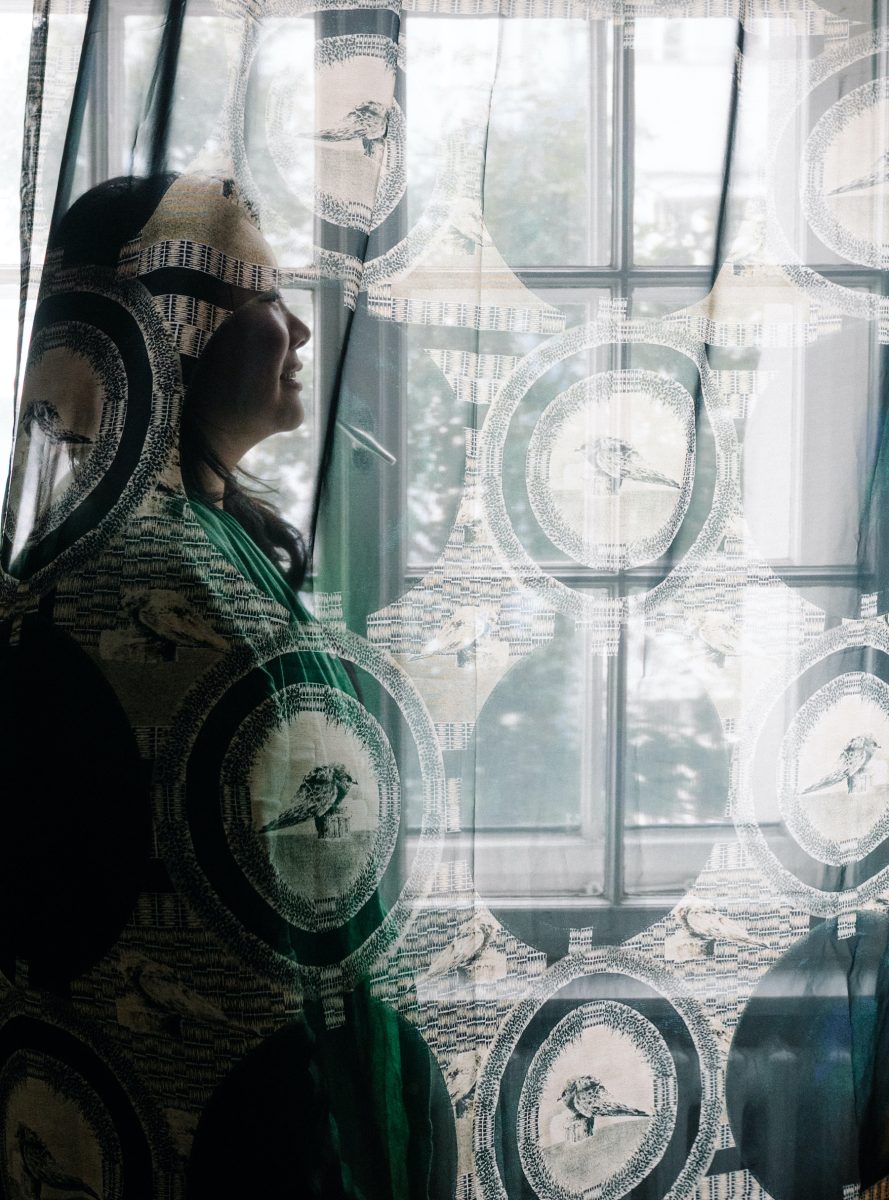
Abstraction and perception, nostalgia and diasporic experiences are some of the subjects that you explore in your work. How do you see these themes connecting to each other in your practice?
For me, abstraction is a way to approach what cannot be fully explained—like memories that are fragmented, or emotions tied to displacement. Nostalgia often emerges as a double-edged experience, so it can connect me to a cultural past but also highlight what is lost or unreachable. And, diasporic experiences sharpen the awareness of distance, and this perception becomes the means through which I try to articulate that tension. That ́s the biggest reason why I use fabric and create tension in the drawing. My works don’t illustrate these ideas directly but instead create spaces where viewers might sense them for themselves.
Weft, weaving, and textile references appear in your work. Could you share how these materials or processes inform your artistic language?
I see weaving both literally and metaphorically. The linen I work with already contains a woven structure that holds tension between fragility and resilience. By layering ink, thread, or stitched lines, I engage with this structure as if I’m weaving memories into the surface. And there is also the power of materiality. The physical movement when making numerous strokes and dots, after I reach a moment where I feel like I ́m a print machine. I ́m always looking forward to seeing that moment.
These processes allow me to connect traditional practices with contemporary abstraction, while also echoing the way personal and cultural histories are interlaced, never linear, always intersecting.

Your works invite the audience to look closely and see beyond the surface…What kind of effect or response do you hope to evoke in the viewer?
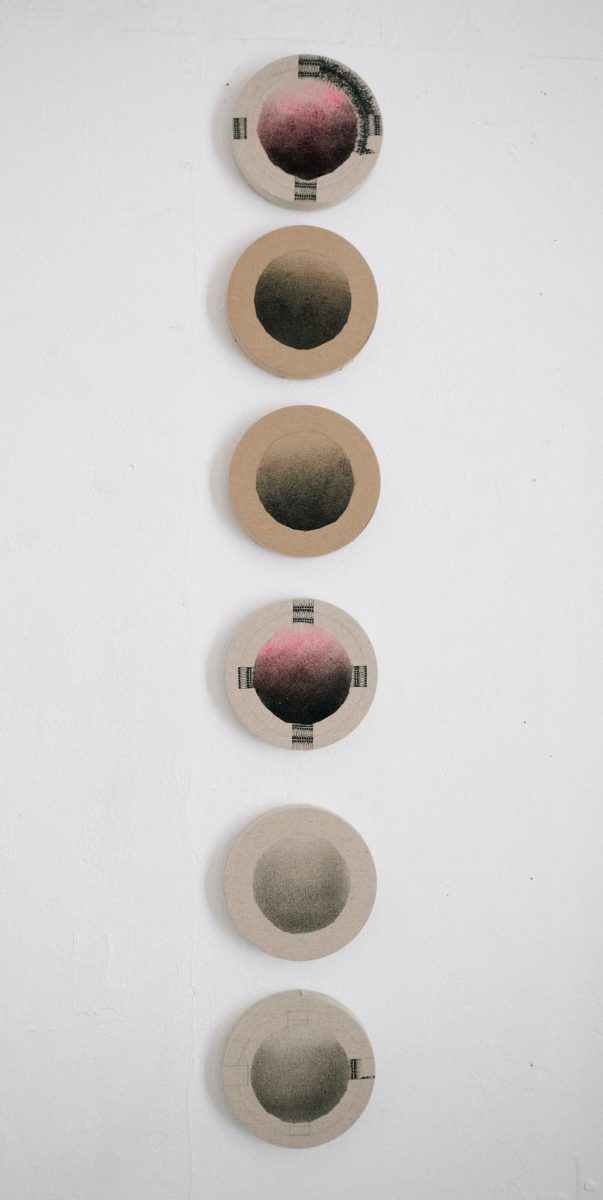
I hope to create a moment of pause. When someone looks at my work, I want them to sense both presence and absence, what is revealed and what remains hidden. The slight shifts in ink, the tension of the fabric, or the interruptions of embroidery ask the viewer to slow down and consider what lies beneath appearances. This is why I don ́t like saying “this is my painting”, I like to name it my drawing, because for me a painting is tons of layers and layers coming towards me. But drawing is just the opposite way. It ́s flat. It’s really going to the ground, and you can observe some of the fragments of it. That’s also why I always prefer using monochrome, and no glossy acrylic. Ideally, this close look can evoke both intimacy and distance, mirroring the layered experiences of memory and perception that inform my practice.
Interview Vanesa Angelino (@vaneangelino)
Photos Leon Lafay (@leonlafay)
